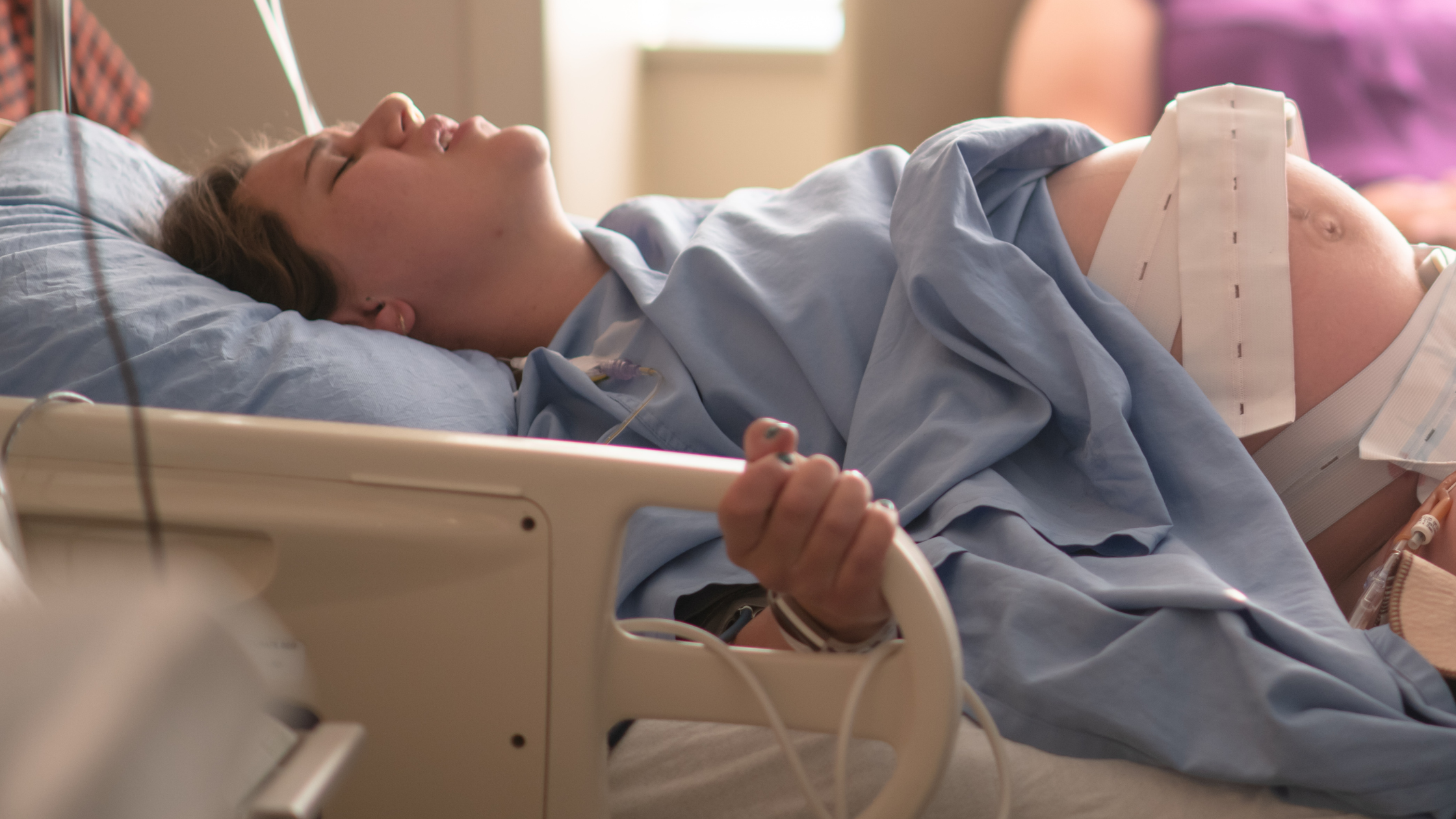Birthing Positions: Lying on your back is not evidence based
Let’s talk about alternative birthing positions for your labour.
As a birth worker, one of the things I often discuss with my clients is the importance of different birthing positions. Choosing the right position during labor and birth can not only help manage pain and discomfort, but it can also improve the efficiency of labor and increase the chances of a smooth delivery.
For many years, the default position for giving birth in hospitals has been lying on the back, also known as the lithotomy position. However, research has shown that this position may not be the most ideal for childbirth.
Why is lying on your back during labour not ideal?
Firstly, lying on your back can be uncomfortable and may cause back pain during labor. This position puts pressure on the lower back and can make it difficult to relax the pelvic muscles, making it harder for the baby to move down the birth canal.
Furthermore, lying on your back during labor can also lead to reduced blood flow to the baby. When lying flat on your back, the weight of the uterus and the baby can compress the vena cava, a large vein that carries blood from the lower body to the heart. This can cause a decrease in blood flow to the baby and may lead to fetal distress.
Studies have also found that women who give birth in the lithotomy position are more likely to require interventions such as forceps or vacuum extraction. This may be due to the fact that the position can make it more difficult for the baby to move through the birth canal, which may increase the need for assistance.
So what are some alternative positions that can be used during labor?
Upright positions. Upright positions such as standing, squatting, and kneeling can help to promote the use of gravity, allowing the baby to move down the birth canal more easily. These positions also help to open the pelvis and reduce pressure on the lower back.
Side-lying. Side-lying positions can also be helpful during labor. This position can help the mother to rest between contractions while still maintaining a good position for delivery. This position also helps to reduce the risk of perineal lacerations (tissue “tearing”) during delivery. Women who have received an epidural may find this position particularly comfortable as it reduces pressure on the spine and helps them to rest.
All fours. All-fours positions can help to reduce back pain during labor and also help to open the pelvis. Kneeling with your hands and knees on the floor or leaning over a birthing ball are all examples of all-fours positions that can be helpful during labor. I also find that this position protects the pelvic floor and offers you a beautiful opportunity to catch your own baby.
In conclusion, lying on your back during labor may not be the most ideal position for childbirth. This position can be uncomfortable, reduce blood flow to the baby, and increase the likelihood of interventions. Instead, alternative positions such as upright positions, side-lying positions, and all-fours positions can be used to promote a smoother, more comfortable birth. As always, it's important to discuss your options with your healthcare provider or birth team to find the best position for you and your baby. Additionally, different positions may be more or less effective depending on the stage of labor or the size and position of the baby.
I believe that it's important to explore all of these options and find the positions that work best for you and your baby.
Looking for Natural Pain Relief Methods for Labour? Check our our blog on this topic HERE.


